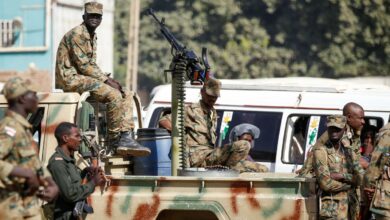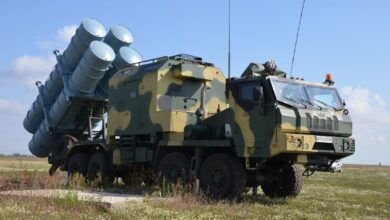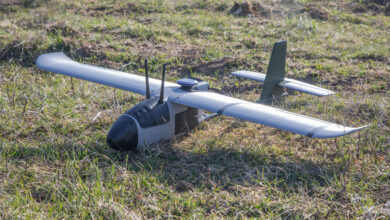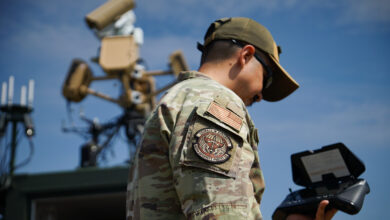A Taiwanese Marine Corps official said the country needs to revamp its defensive strategy against unmanned aerial vehicles (UAVs) in preparation for a potential Chinese attack.
Lieutenant Colonel Chang Tzu-Hung underscored in the Institute for National Defense and Security Research newsletter the emerging role of combat and reconnaissance drones in modern warfare.
He noted that UAVs are becoming an effective weapon system because of their range, maneuverability, and ability to strike from different altitudes.
While the Taiwanese military appears successful so far in defending its key infrastructure during simulations, Chang believes techniques must be refined to better address drone threats in the “gray zone.”
One way to do that, he said, is to explore various methods to identify the most effective identification, tracking, and threat reporting strategy.
The Taiwanese military should integrate algorithmic technology to automatically identify enemy UAVs from the input of radar, as well as infrared and optical sensors.
Additionally, the service must look for powerful anti-drone systems that can shorten the kill chain in anticipation of drone swarm attacks.
Taking Lessons From Other Countries
Protecting critical infrastructure against drone attacks is a vital step in maintaining a functioning government, armed forces, and national economy during an invasion, Chang explained.
Taiwan’s counter-drone measures are reportedly not reliably effective, particularly in fending off powerful attacks from small- to medium-sized UAVs.
He cited South Korea, one of the world’s most powerful militaries, still being unable to deal with North Korean drones during a large-scale incursion last year.
Seoul’s failure to effectively respond to the threats was blamed on its reluctance to employ soft- or hard-kill weapons over fears that they could cause collateral damage to residential areas.
Chang said defending units must have the confidence to take decisive actions without delay and be given clear guidelines to assess the risks associated with the countermeasure.
The official also mentioned the ongoing war between Russia and Ukraine, in which drones are playing a significantly larger role than previously expected.













